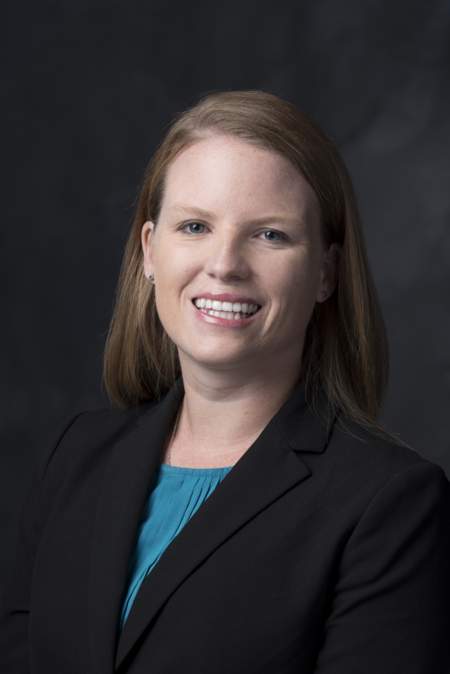Researcher studies cultural change and education to decrease instances of sexual assault
Julie Cooper | April 22, 2019

Dr. Erica Nason, assistant professor in the School of Social Work at Texas State University, is using her research and clinical expertise in trauma and posttraumatic stress disorder (PTSD) to address the myths and increase education about sexual assault and its impact on victims.
“We need to dispel the idea that most sexual assaults are perpetrated by a big scary person that jumps out — a stranger —who violently attacks a woman. We know that is not what a typical sexual assault looks like, especially on college campuses. The perpetrator is much more likely to be somebody that a woman knows. There may be alcohol involved. There may have been some form of sexual interaction involved (like a previous relationship).”
“It is well established that the impact of sexual violence on victims can be long lasting and negatively impact physical and mental health,” she said.
In the United States, one in five women will be raped. That figure for men is 1 in 71, according to the National Sexual Violence Resource Center. On college campuses, 20 percent to 25 percent of women and 15 percent of men are victims of forced sex.
She stresses changing the culture around sexual assault and focusing on education – which includes beginning related conversations as early as middle school – are critical. “Conversations like this make people uncomfortable. People don’t like to believe it may happen to them or someone they care about at some point,” she said. “Changing this culture, the way we talk and respond to sexual assault, is very important, not only from a prevention standpoint but also from a victim support standpoint.”
Less than 20 percent of women who experience sexual assault on college campuses report their experience, decreasing the likelihood that they receive services. One barrier to reporting often cited is the fear of not being believed. “We do have really good treatments available for victims of trauma. In fact, some of the best treatments for PTSD were developed for victims of rape.”
In this era of the #MeToo movement, it is important to know that it is very common for someone to never report a sexual assault. “And that’s not a reason to not believe an individual — a woman or a man — when they come forward,” Nason said.
She points to research that shows men are often not perceptive to the way a woman is responding during a physical or sexual encounter. Nason has a research manuscript under review that shows young college-aged males interpret responses and cues in these kinds of situations differently than women. “Understanding what those variables are influence decision making in risky situations is critical, and there is a lot of work to be done in this area. Also, if we can understand the factors that might interfere potentially with accurate perception of sexual intent or sexual interest, then we will be able to negate the likelihood of intentional or unintentional sexually aggressive behavior.”
Share this article
For more information, contact University Communications:Jayme Blaschke, 512-245-2555 Sandy Pantlik, 512-245-2922 |